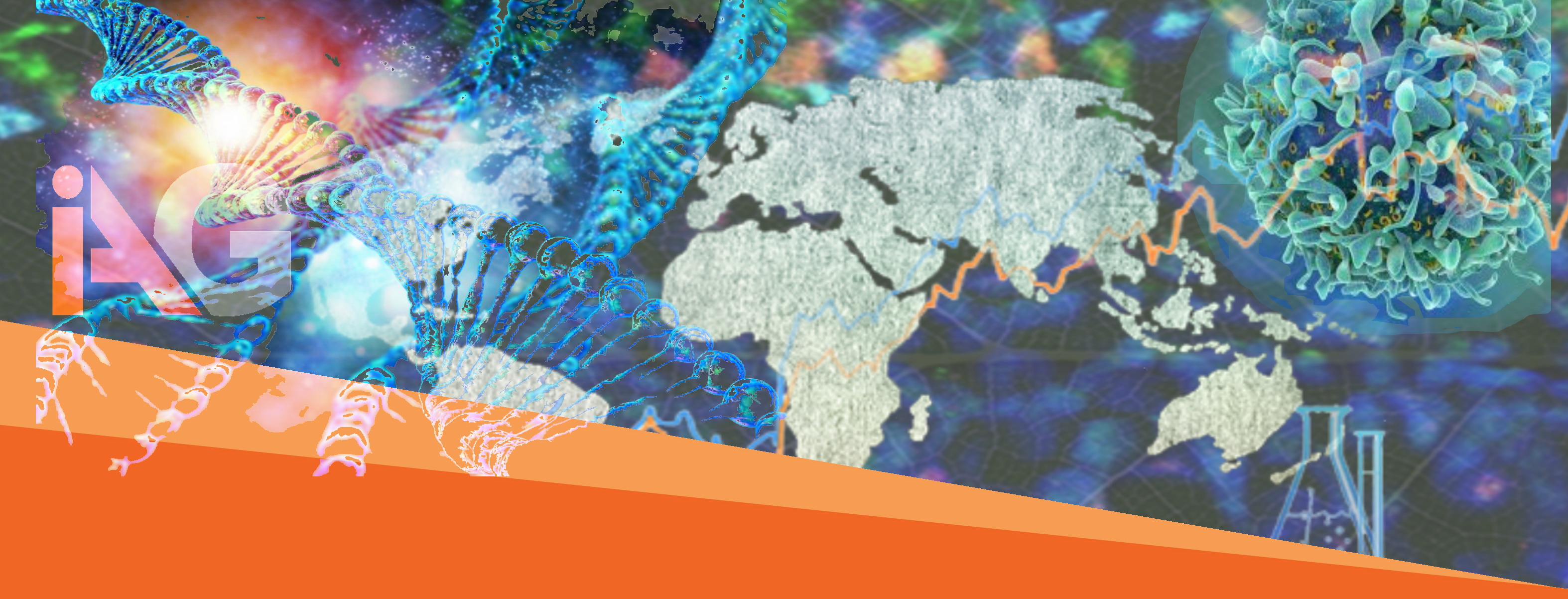

The Great Forces Shaping the Future of the Pharma/Biotech Industry
The pharmaceutical and biotech industry evolution has been a display of sophisticated and complex achievements in modern science. However, in the past few years biotech R&D returns have been falling, the days of blockbuster drugs seem over, and more than ever biotech companies depend on bold bets made on increasingly complex science.
In the next decade, technological disruptions, biomedical innovation and accessibility to therapies will be strong driving powers that can redefine R&D and business strategies and therefore the future of bio-pharmaceuticals.
1) Technological Disruptions
One of the most anticipated technological disruption of this decade lies in the potential of Artificial Intelligence (#AI), Machine Learning (#ML) and Deep Learning (#DL). At IAG, we witness first-hand how AI can drastically improve drug development and efficacy assessment of new leads. For instance, IAG has put great emphasis on the development of techniques and algorithms to automate imaging data management and quality control processes, directly from our cloud platform DYNAMIKA.
We also use it to improve clinical study design by simplifying patient recruitment and stratification, therefore increasing a study’s statistical power. Whilst this form of AI is not the “smartest”, it has allowed imaging trial operations to be performed faster and with higher accuracy. Its relatively cheap and easy implementation has demonstrated abilities to drastically streamline a bio-pharma company’s efficiency.
ML and DL bring in even more depth to AI’s disruptive power.
These forms of AI can learn and improve from input data. Such “intelligence” could for instance analyse imaging data to measure severity of inflammation or tumour progression accurately. Another promising aspect is the use of ML in predictive analyses.
With IAG’s platform and disease-specific image analysis algorithms, a patient’s response, outcome and prognosis could be predicted from the machine’s experience with other patients who had similar fluctuations in a combination of markers.
This could be of special interest in pathologies where a patient’s phenotype is hardly characterised, like in oncology and CNS trials, or where the aetiology of a disease is not fully understood, like in some rheumatological conditions.
ML’s ability to recognise very subtle details will allow to achieve statistical significance on a smaller patient group over a shorter follow-up period, which can save precious business time during lengthy and inconclusive trial phases. AI offers a way to make fast and easy go/no-go decisions at an early stage of product development therefore improving return on investment and resource allocation.
2) Biomedical innovation
Great innovative effort is being invested in the biopharma industry. So many advanced therapy platforms are arising from the new science of therapeutics. These include viral vectors, natural peptide libraries, nucleic acids, recombinant proteins, immunotherapies, gene therapy, just to name a few!
Moreover, biopharmaceutical companies are moving away from a “one size fits all” therapeutic solution.
Decisions, practices, interventions and products are being tailored to individuals whose response and risk of disease could be predicted from medical record, family history, genomics data etc.
These innovations provide scope for a future where improved and augmented humans are no longer science fiction. Pathology management will include both treatment and preventive care. For instance, a company like Calico Labs, a subsidiary of Google’s parent company, and many of our collaborators are attempting to tackle ageing by investing in the collaborative power of scientists from the fields of biology and computer science.
Increasing our life span is not a cure as such but is a significant improvement in standards of living. This could certainly create a shift in patients’ status as they gradually become empowered consumers of biological improvements.
3) Accessibility
We truly believe that technological disruptions and biomedical innovation forecast a bright future for the pharma and biotech industries. However, empowering an individual’s use of biopharmaceuticals will highly rely on their accessibility. The future of biotech will therefore be greatly influenced by macro-economic and geopolitical shifts.
From a consumer standpoint, the first concern will be pricing, which when elevated can drastically decrease ease of access. How can we all be a driving force enabling lower pricing?
IAG believes it is responsible to be a driving force enabling lower pricing.
The best of computer science and mathematics to support accelerated business decisions, especially in early phase trials, saves companies’ resources, drives down R&D cost and ensures a return on investment.
Whilst market geographical shifts will have their fundamental effects, it is our duty to patients to make therapeutics more tailored and accessible, to improve product development efficiency and to ensure more technology-driven commercialisation efforts.
The recent technological breakthroughs in the computational and biomedical fields seem to be a glimpse into what the future has to offer.
AI, Medical Imaging, Cloud and other modern technologies are being more and more involved in decision making.
Whilst this sometimes brings fear of human redundancy, embracing these innovations in clinical development can make ultimate forms of AI strong allies to the human experts whose conclusions and inferences would be accurately validated.
Multidisciplinary collaborative effort has never been so important to tackle today’s greatest technological ambitions and ensure a bright future for our industry.
About Image Analysis Group (IAG)
IAG, Image Analysis Group is a unique partner to life sciences companies. IAG leverages expertise in medical imaging and the power of Dynamika™ – our proprietary cloud-based platform, to de-risk clinical development and deliver lifesaving therapies into the hands of patients much sooner. IAG provides early drug efficacy assessments, smart patient recruitment and predictive analysis of advanced treatment manifestations, thus lowering investment risk and accelerating study outcomes. IAG bio-partnering takes a broader view on asset development bringing R&D solutions, operational breadth, radiological expertise via risk-sharing financing and partnering models.
Learn more: wp1.ia-grp.com
Reach out: imaging.experts@ia-grp.com
Follow the Company: Linkedin
Engage with our team
Dr. Olga Kubassova, CEO: www.linkedin.com/in/olgakubassova/
David Chia, CCO: https://www.linkedin.com/in/jahyungdavidchia/
Dr. Diana Dupont-Roettger, Chief Scientific Alliance Officer: https://www.linkedin.com/in/dianaroettger/
